Schneider Electric Special Lamps


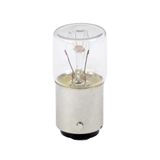
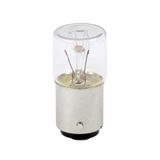
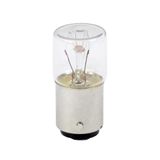
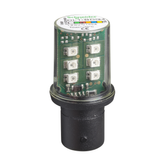

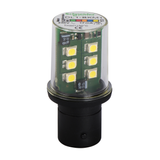

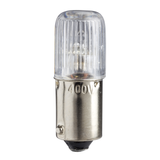
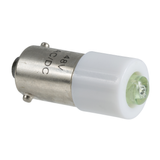

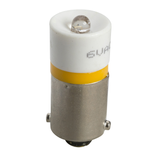


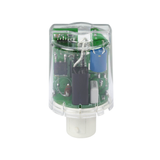


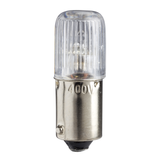


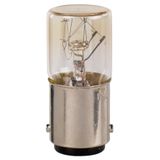

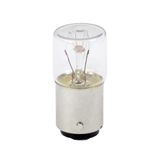
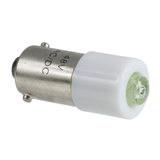

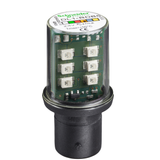
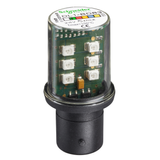
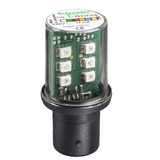
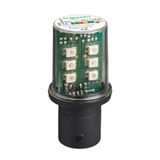



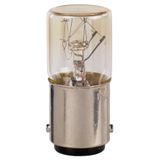

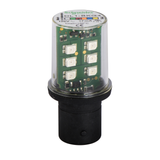
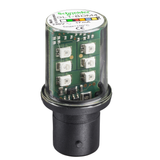
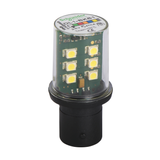
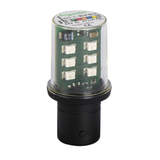
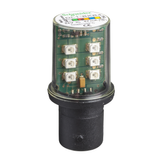



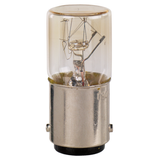

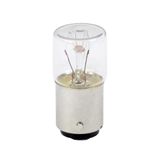
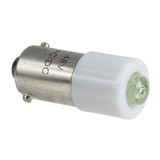

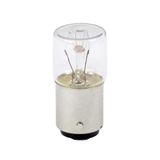
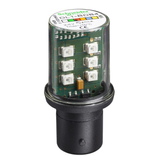

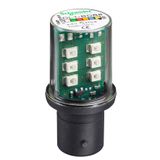
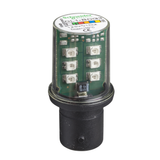
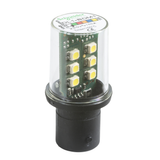

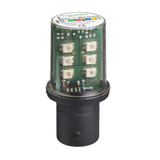

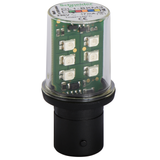

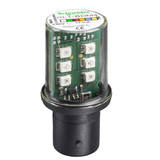
-
-
1
- 2
-
schneider special lamps range and categories
Engineers reach for this portfolio when standard retrofit bulbs won’t survive heat, vibration, or niche optical demands. The range spans high-temperature oven lamps (E14/E27, 230 V, −20…+300 °C glass), machine-vision spots (12/24 V DC, tight 10–15° beams), AR111/G53 accents (24°/40° with CBCP data), linear R7s for display washers, signaling capsules for panels, and compact UV-A inspection sources (365–395 nm) for leak/dye checks. LED variants target PF ≥ 0.90, THD ≤ 15 %, surge 1–2 kV; filament and halogen families remain available where instant point intensity or extreme Ta is required.
Technical specifications and standards for tough environments
Electrical: 12/24 V DC and 220–240 V AC families; typical power 2–100 W depending on format; lumen output 150–2 000 lm; beam 10–60° on directional types. Colour: CRI ≥ 80 standard, CRI 90 options; CCT 2700–6500 K (SDCM ≤ 3). Thermal: oven types to +300 °C; display/architectural bodies −20…+40/50 °C; vibration-rated capsules use reinforced filaments or solid-state drivers with potting.
Compliance: IEC 62560 (self-ballasted), IEC/EN 61347 and EN 62031 (LED control gear/modules), EN 55015/EN 61547 (EMC), EN 62471 (photobiological safety). IP follows host fitting: IP20 indoor to IP65/IP67 in sealed housings. Dimmable SKUs specify leading/trailing-edge or 1–10 V/DALI driver pairings—check driver-lamp matching on project specs.
schneider specialty luminaires integration and mounting
Where a lamp alone won’t meet optics or ingress, matched housings provide thermals, IP, and accessories: sealed display projectors (IP65, tempered lenses), gimbal fittings for AR111 aiming (±30°), linear wall-washers with R7s/LED engines, and compact task heads with jointed arms for benches. Mounting kits include swivel rings, anti-vibration pads, and heat shields for close-coupled recesses. Through-wiring and gland sets keep conductor temperatures within rating near hot fittings; data sheets include Tc points and clearance notes so cabinet and ceiling builds pass review without rework.
Product classes and typical use cases
- High-temp service: baking lines, ovens, heated showcases—borosilicate envelopes, nickel-iron caps, long-life filaments.
- Precision accent: galleries, retail, and kiosks—AR111/GU10 with CBCP-led aiming; glare rings and honeycomb louvres for comfort.
- Machine/inspection: UV-A sources for NDT/fluids; narrow-beam spots for pick-and-place verification; DC supplies with ripple < 5 %.
- Signal and panel: T5/T10/T13 miniature bases with colour filters; long life for annunciators and door beacons.
For front-of-house style briefs, project notes often call up schneider decorative lamps to lock finish, filament look, and warm CCT without abandoning PF and surge requirements.
Optical control and accessories
Interchangeable reflectors (narrow/medium/wide), micro-prismatic or opal sleeves, anti-glare baffles, and UV-cut covers protect materials and tune visual comfort. Beam and CBCP tables are provided per SKU for quick plug-in to lighting calc workflows. For service, tool-less bezels and captive screws shorten change-outs; gasket kits maintain IP after relamping.
Applications and compatibility
- Retail/brand spaces: tight beams and CRI 90 for merchandise, mixed with warm filament aesthetics in foyers.
- Hospitality and museums: low-glare optics, dim-to-warm drivers, and emergency-rated versions for egress areas.
- Industrial lines: rugged capsules and DC spots resistant to vibration and oil mist.
Mechanically and electrically, the lamps and matched heads drop into Schneider dimmers, contactor packs, and DALI gateways; trunking and recessed frames share hole centers and torque values with the rest of the ecosystem. When a specification requires classic lamp form but pro-grade performance, planners reference schneider architectural lighting bulbs to keep procurement aligned with the right family.
Technical integration with control gear
Phase-cut channels list minimum load and inrush; driver-based sets support 1–10 V or DALI-2 with fade profiles and scene logic. Coordinate SPD levels (luminaire vs board) to preserve driver life in surge-prone sites. In mixed fleets, hold one dimmer list and one driver spec to avoid flicker mismatches across rooms.
Selection criteria for B2B teams
- Photometry: lumen pack, beam angle, CBCP, UGR needs by space.
- Colour quality: CRI 80 back-of-house; CRI 90 with R9 emphasis for galleries/retail; SDCM ≤ 3 across zones.
- Thermal/ingress: oven-rated for high Ta; sealed heads and gaskets for IP54–IP65; verify Tc and spacing.
- Control path: phase-cut vs driver-based (DALI/1–10 V); dim-to-warm where ambience matters; emergency variants where codes require.
- Service model: tool-less access, standardized caps (E27/GU10/G53/R7s), stocked seals and lenses.
Advantages of working with Bankoflamps
You get project-specific pricing tied to your room schedules, real-time EU stock visibility, and a named account manager who checks caps, optics, drivers, and IP/temperature limits against drawings. Quotes typically return in about an hour. Orders by EAN/MPN prevent variant drift; the portal shows lead times, shipment status, and downloadable price lists. Approved partners can use post-payment up to 30 days. We consolidate partials to reduce freight and hold price-validity windows so phased fit-outs stay predictable. Kits arrive complete—lamps, trims, lenses, and mounting hardware—ready to install without site surprises.